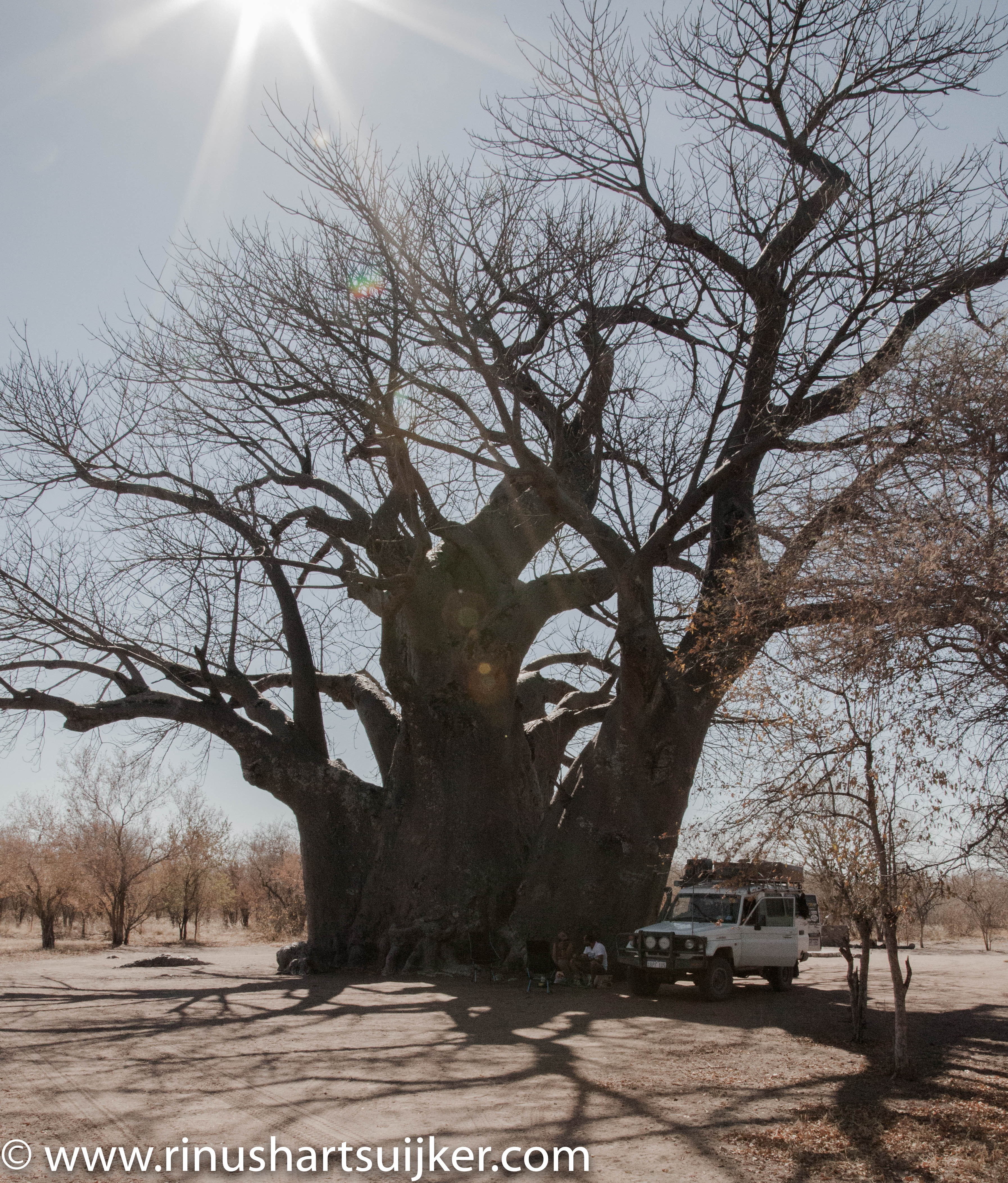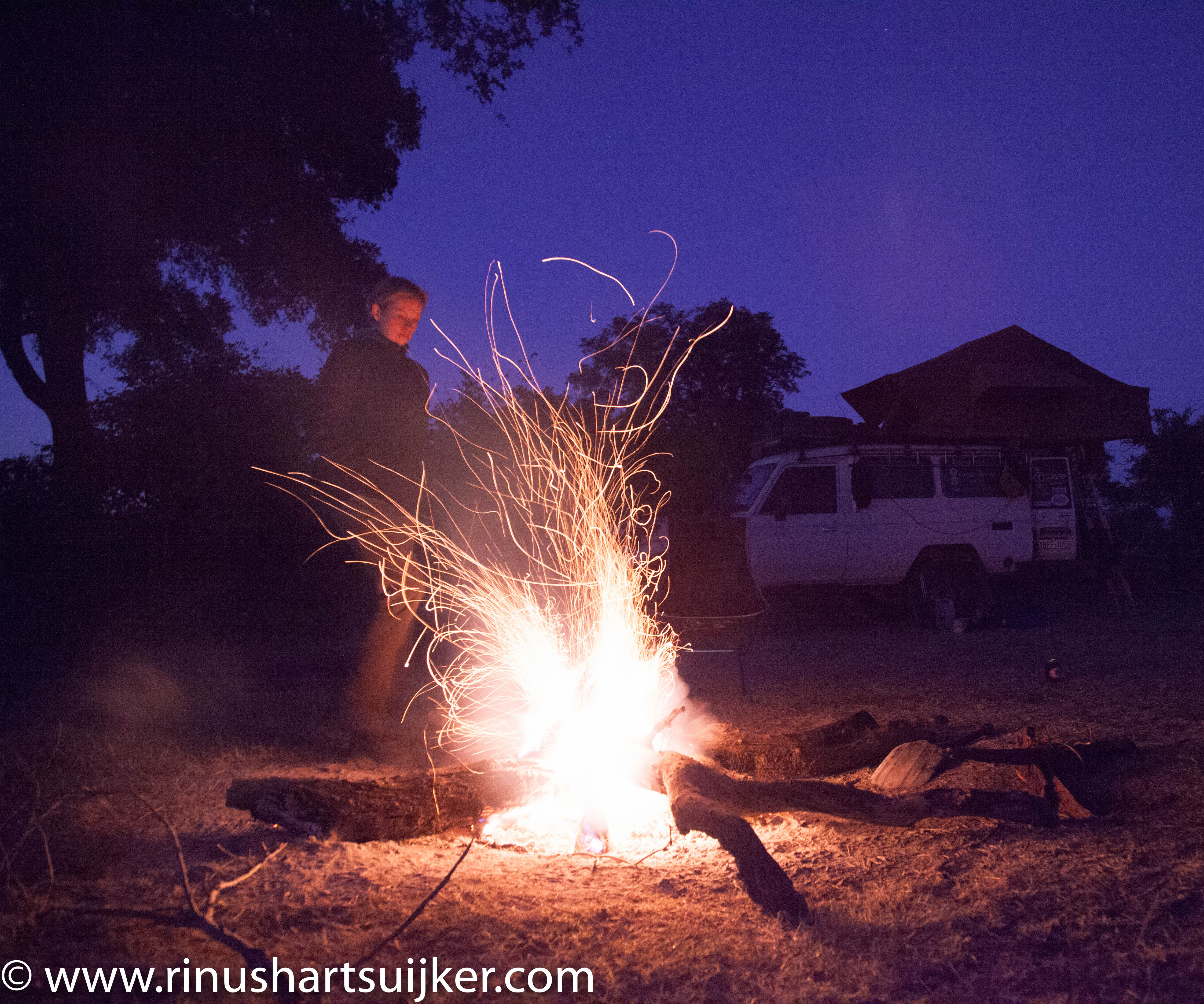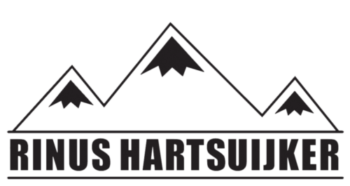Flat tires and hippos
The moon is still hanging in the now blue and red coloured sky. A grey, sandy track leads us out of Grootfontein, heading east. Dust blows up on both sides of the car and is carried away by the wind. Helga is driving. Her narrow fingers hold on tight to the steering wheel. I look at her and see a strong woman. A woman who has been traveling on my side for the past two years. Travel days filled with meeting new people and handling new situations.
The grey road keeps getting rougher, the uneven soil is now covered with sharp stones. Helga’s face tightens and I can see the muscles in her arms. Then suddenly, I can hear her holding her breath while she tries to keep the car straight. We can hear a loud “whhooosshh” coming from underneath the car. For a second I get a puzzled look from her before she turns her gaze onto the road again. “ Flat tyre!” I shout, “ Don’t break, let it roll out and find a flat, solid piece of ground to park”.
A few seconds later we’re standing still and the car is leaning a lot to the left since it is parked on the side of the road. My door swings open easily while Helga has trouble opening hers due to the angle we are in. By now, it is very hot outside, We’re still in the middle of the road and hurry to get the safety triangles on it to warn oncoming traffic.
I get the jack out of the back of the car, lift the car to get the flat tyre of the ground and level the car. We lift our spare tyre off the roof and replace the broken one fairly quick.
By the time we get back in the car it is late in the afternoon. We stop under a Baobab tree that gives enough shade, put some coffee up on our old fuel stove and take a look at the map. Due to the flat tyre, we won’t be able to reach our planned destination, so we decide to find a suitable camping spot on the way.
A zigzagging track leads us to an old farmhouse. It gives a rather forlorn impression. The fences have been trampled by cattle and the goats, dogs and chickens roam freely over the property. A large, black man, is leaning over a part of the fence that is still standing. Deep creases on his face show us his hard, but not yet long life. I shake his hand and I can feel the rawness of his callused hand, like a bear claw. I ask him if it is possible to camp on his terrain for the night. He nods and points at a corner far away from the house. Relieved we pitch up the tent before the sun sets.
The next morning I walk to his house with a large bag of beans. He happily takes them and tells me about the previous, white, owner of the property who died. He and his brother now live here and try to run it. “We barely manage, but we are still happy”, he tells me.
We drive on towards Tsumkwe. A long, winding and unsealed road leads us through the land of the San, a local tribe. They are also known as the bush-men. The San, which means foragers, is a collective name for a several tribes in Southern Africa. They consist of small communities of hunters and gatherers of edible plants. The tribes live in small huts made out of clay and grass. Next to the San, this area is also know for its Boabab trees. We’ve seen them for the first time in Australia. These trees will grow to be between 5 and 25 meters high and can have a extraordinary wide trunk. The tree holds water in these trunks during the wet season to survive the dry season.
Because of its form, it kind of looks like the tree is up side down. An old legend says that the tree was thrown out of heaven as a punishment from the Gods and it landed upside down. They can get very old and will live through generations. Elephants eat the soft bark from the African Baobab and the baboons eat the fruits.

From Tsumkwe we drive towards Khaudum National Park. We have to adjust our tyre pressure in order to get through the long stretches of soft sand. Khaudum NP is a park in the Kalahari desert in the east of Namibia along the border with Botswana. In this remote spot the elephants, lions and hyenas truly live freely. We camp just inside the park in an open area among the trees. As soon as it gets dark we find our torches to get a good look around. We stay close to the campfire and burn our trash to prevent animals from being attracted to our scraps.
The next morning we drive through the park. We take the most eastern route that follows the border with Botswana. The waterholes in the park are the main spots of animal activity in Khaudum. Contrary to parks like Etosha and Addo, the animals are clearly not used to vehicles passing through their territory. We have to be careful when we meet a group of male elephants. Males are abandoned by the group of females when they hit puberty. The males then form their own group usually led by a dominant, older male.
Some of the males turn their heads towards us and start flapping their ears in a threatening way. They are clearly not happy to see us. Male elephants can be between 3500 and 5500 kilograms and don’t recoil for anything.
We back up slowly to create a greater distance between us and the elephants until we notice they’re more relaxed. When the road is free again, we continue driving.
It is a beautiful drive, but a very strenuous one. Navigating is difficult since not all the road are clearly marked on the map. The environment is changing constantly: loose sand, stones and thick vegetation. Heavy trucks have been driving on the same road as us and left their deep tracks for us to get through. We end up camping just outside the park.
The next morning we start where we left off the night before. The soft tyres plough through the soft sand again. We are leaning very much to the right since only one of our tyres can follow the deep tracks from the 6×6 trucks, their tyres are too far apart for us to drive through both at the same time. Eventually we reach the tarmac of the B8 which leads us onto the Caprivi strip.
We drive off the main road when we pass Mudumu NP. A long track full of potholes takes us to a small police office. Three heavily armed officers come walking our way when we park next it. They tell us that we are allowed to camp and that they are there to prevent poaching. They carry heavy arms, but have no cars to drive around in, which seems odd. We continue on the track until we are stopped by a few logs on the road. We find a way around them and very slowly we continue. Another roadblock, we both get out and pull them away to create a narrow passage. We can see the water of the Delta when we drive on. A group of hippos are standing next to the waterline. Very quietly we remove the last road block en drive around the obstacles. We are now driving next to the water and we see dozens of hippos in and around the water. Without trying to disturb them we drive towards our camping spot for the night.
From our spot next to the water we can see multiple eyes being reflected in the lights we use to shine around. The darker it gets, the closer the animal sounds seem to get. When it is completely dark we look up and it almost seems as if the stars are closer to us than normal. We enjoy the cool evening, but we have a hard time getting used to all the animal activity around us. We build a large fire with some dead trees to chase away the cold, to braai our meat and light up our camp.

